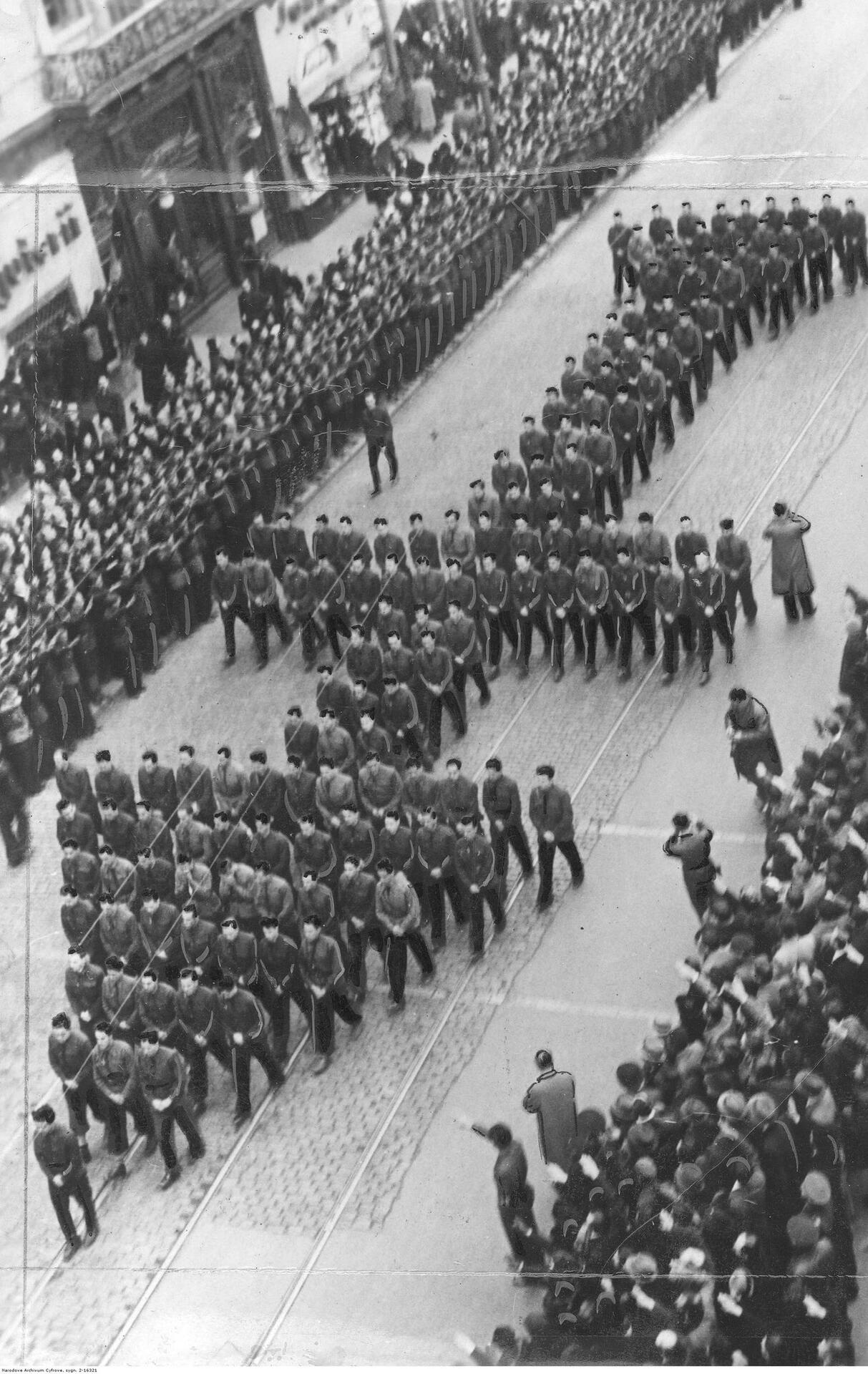
In 1943, Antonescu began considering the possibility of switching sides as the military situation deteriorated for the Axis powers. He attempted to approach the British and Americans, and in response, the Allies demanded that he make peace with the Russians. Antonescu refused but continued to discuss the possibility of switching sides. In August 1944, when the Russians had already entered Romanian territory, Antonescu received another proposal for a ceasefire. This ceasefire suggested that Germany would have fifteen days to leave Romania, the Russians would only pass through the northern part of the country, and the south and the capital would be free from Russian interference. It also offered recognition of Romanian occupation in Hungary and northern Transylvania. Considering the superiority of the Soviet forces, on August 22, 1944, the Soviet army attacked Romanian territories, determined to occupy the capital before any ceasefire agreement could be signed. Antonescu mobilized his troops intending to resist for a while until both governments reached an agreement. The Russians sent a telegram on August 22, which was intercepted by the opposition and members of the Romanian Communist Party. On August 23, 1944, King Michael summoned Antonescu for a meeting. The ruler informed the king about the ceasefire he was about to sign, but the king had already aligned himself with the Romanian Communists and handed him over to them along with his minister Mihai Antonescu.



